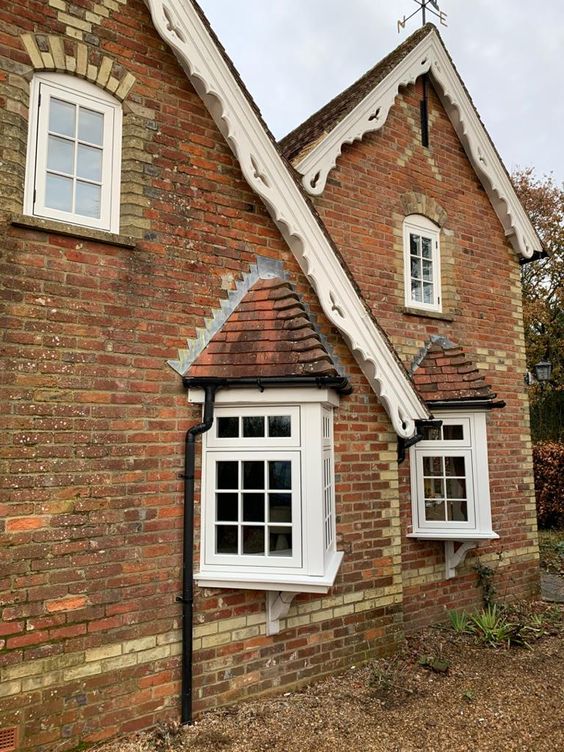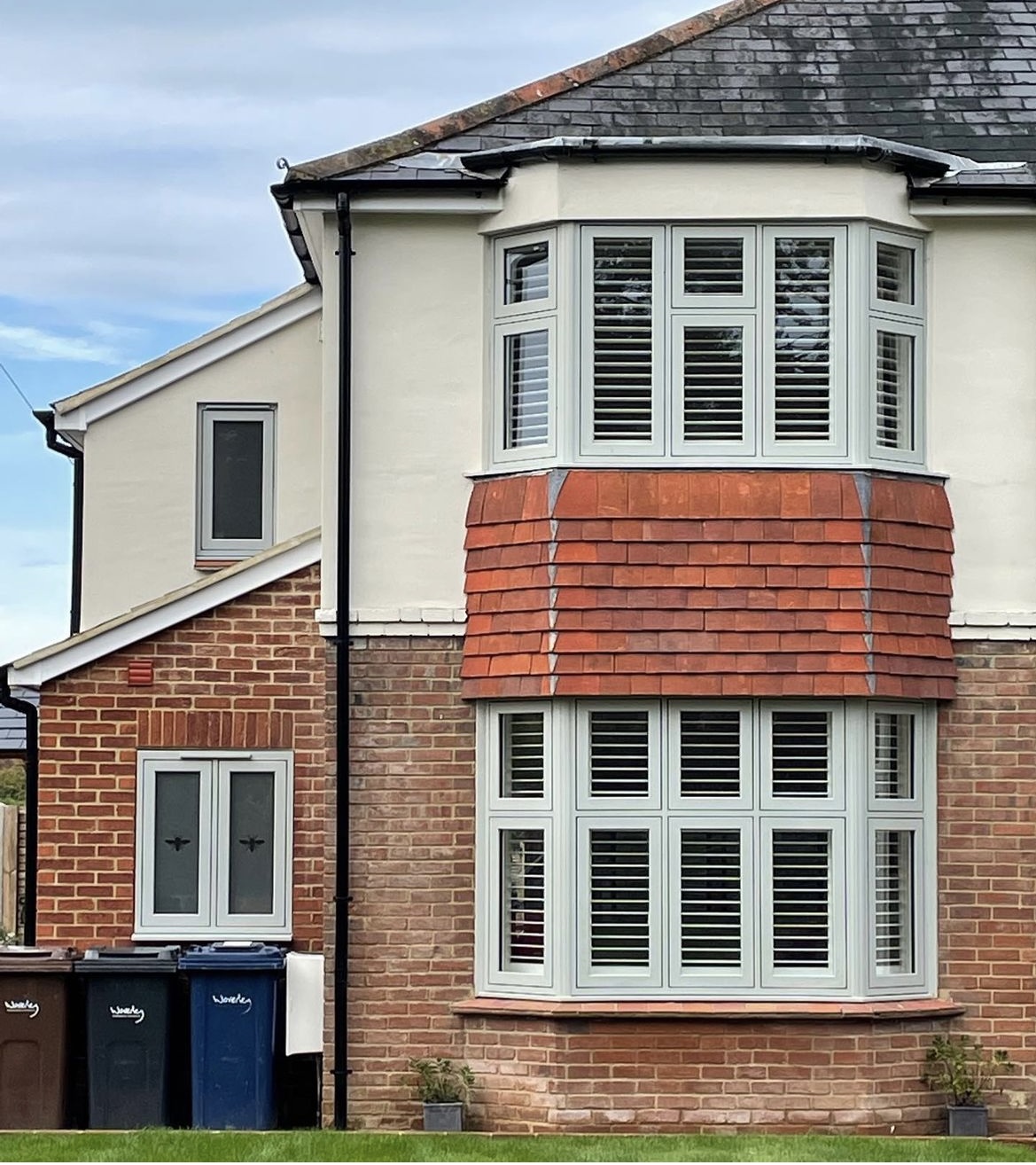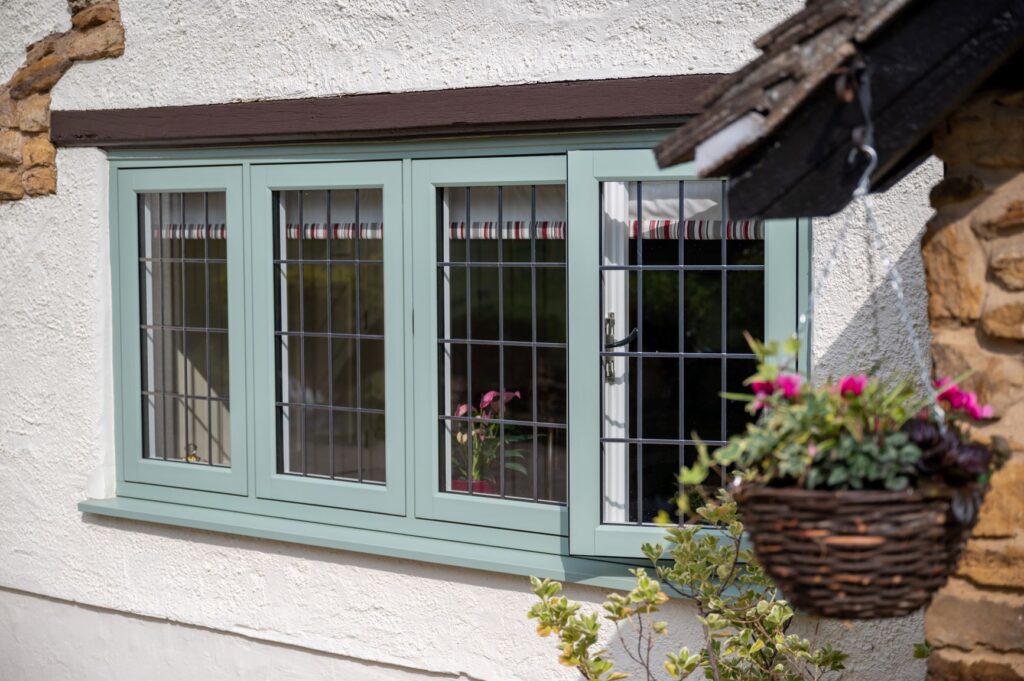Last week we took a step into the future with our blog post on smart windows and doors. Therefore, it’s only right that this week, we hop back into history. Yup, we\’re looking at (almost) everything you need to know before installing new windows in your listed building.
Listed buildings in the UK are architectural treasures, representing our rich heritage and cultural identity. We\’re a family run window company with a deep appreciation for conserving our country\’s history. We understand the importance of preserving the character and charm of these historical structures, whilst also improving their energy efficiency and functionality.
In this blog post, we explore the unique challenges and considerations involved in installing new windows in listed buildings. We also go into the benefits and options available to you as a listed building guardian.
Understanding listed buildings: what exactly are they?
Listed buildings are properties of special architectural or historic interest that are protected by law. They are categorised into three grades: Grade I, Grade II*, and Grade II, with Grade I buildings being of exceptional interest. There are different rules that apply to each grading, so before doing anything, check what rules apply to your listed building.
Some find listed buildings very restrictive, with many not wanting to go near them. There\’s a fair amount of red tape that comes with doing any sort of work and it’s really important – indeed, legally required – we respect the purpose of listing. It\’s key we insure the preservation and conservation of these significant structures, and of history itself, for future generations.
Challenges of installing new windows in listed buildings
Preserving the historic integrity of listed buildings while incorporating modern window technology can be a delicate balance and these challenges can vary depending on the grading of the listing. What are they, you ask? Here are some challenges commonly faced when installing new windows in listed buildings:
1. Preservation of Historic Features: Listed buildings can feature distinctive window designs and materials that contribute to their overall character. When replacing windows, depending on the grading of the listing, at the very least you\’ll be required to match the original style. At most, this could include details such as frame materials, profiles, and glazing patterns, to maintain the building\’s authenticity.
2. Planning and Conservation Consent: Any alterations or changes to listed buildings require consent from the local planning authority. This process ensures that proposed window replacements are sympathetic to the building\’s historic fabric. Your local planning authority will assess the impact on the building\’s character, streetscape, and neighbouring properties before granting permission.
3. Heritage Regulations and Building Codes: Listed buildings are subject to specific heritage regulations and building codes. These regulations dictate the materials, construction methods, and energy efficiency standards that must be followed during window replacement. It’s crucial to work with experienced professionals ~ cough ~ who understand these requirements and can navigate the necessary regulations.
4. Structural Considerations: Listed buildings may have unique structural elements when it comes to load-bearing walls and delicate masonry. The installation of new windows must take into account such structural elements to ensure stability and avoid any potential damage to the building.
Benefits of installing new windows in listed buildings
Despite all the hoops you’ll need to jump through, there are great benefits to updating the windows on your listed building. Whilst preserving the historical significance of listed buildings is paramount, it’s important to also think about the requirements of the modern age and the comfort of your living environment.
1. Improved Energy Efficiency: Original windows in listed buildings are often single-glazed and lack proper insulation. Installing new energy-efficient windows can significantly enhance thermal performance, reduce energy consumption, and lower heating costs without compromising the building\’s aesthetics.
2. Noise Reduction: Upgrading to double or triple-glazed windows can provide better sound insulation, creating a quieter and more comfortable living environment.
3. Enhanced Security: Older windows may have outdated or inadequate locking systems. By installing new windows with modern security features, homeowners can improve the overall safety and protection of their property.
4. Increased Natural Light: Older windows may have smaller panes or be restricted by design, limiting natural light penetration. Depending on the grading of your listing, you may be able to select new windows with larger panes and slimmer frames. Yay to maximising daylight and creating a brighter interior space.
Options for window replacement in a listed building
When it comes to window replacement in listed buildings, there are several options available that balance preservation and modern performance:
1. Like-for-Like Replacement: This approach involves replicating the existing window design, materials, and features. It is the most sympathetic method for preserving the building\’s character while incorporating modern energy-efficient glass and improved hardware.
2. Secondary Glazing: Secondary glazing involves installing an additional pane of glass on the interior side of the existing windows. This option allows for improved insulation and soundproofing without altering the external appearance.
3. Slimline Heritage Windows: Slimline heritage windows combine traditional aesthetics with modern performance. These windows feature slim profiles to mimic the original design while incorporating advanced materials and energy-saving features. We love working with the Residence Collection.

4. Custom Designs: In some cases, bespoke window designs may be necessary to match the unique features and proportions of a listed building. Custom-made windows can ensure a seamless blend of historic authenticity and modern functionality.
Installing new windows in listed buildings requires a delicate approach that preserves historical authenticity whilst also incorporating modern technology.
By working closely with experienced professionals and adhering to planning and conservation regulations, homeowners can enhance the energy efficiency, comfort, and security of their listed properties while respecting their architectural heritage.
At The Milford Window Company, we’re passionate about providing window solutions that meet the unique needs of listed buildings, ensuring a harmonious integration of the old and the new.

